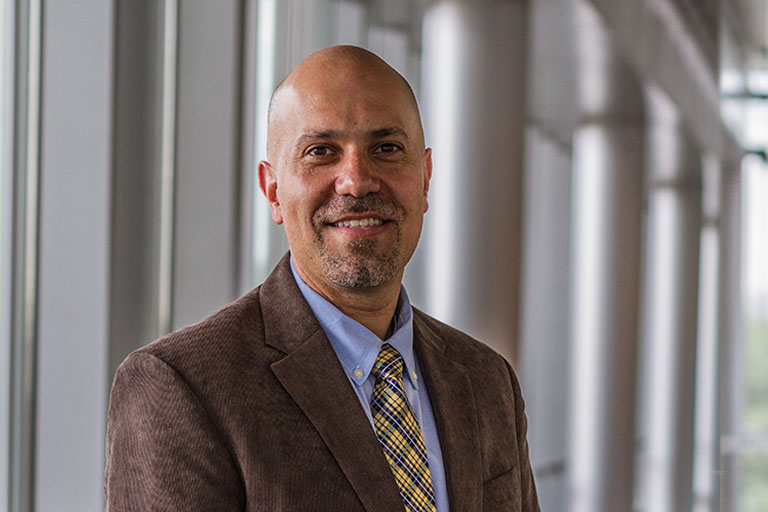In the Global Healthcare Experience course, Menachemi has accompanied students on trips to Cuba, Singapore, Malaysia, Switzerland and the Netherlands. He says visiting another country to dissect its healthcare system, evaluate their solutions and translate those lessons to the United States provides an excellent learning opportunity for physicians.
“There’s no substitute for on-the-ground experience. You can read all you want about the healthcare system of a given country, but learning doesn’t happen until you’re immersing yourself in that knowledge by talking to hospital CEOs, interacting with physicians and learning about their challenges from the perspectives of these different stakeholders,” he says.
Menachemi also teaches The Role of Health IT in Medicine: Past, Present & Future, a course that familiarizes students with current issues associated with health information technology and its impact on the U.S. healthcare system. Health IT applications (e.g., electronic health records, decision support systems, health information exchanges) are playing an increasingly important role in patient safety and accountable care, and they are now linked to financial reimbursements.
“We need to apply more of those technologies to improve clinical care, not just the business aspect of it,” he says. “Health IT, in its current state in this country, bridges the clinical and business sides of healthcare, which is why I think it’s a very exciting course to have in the Kelley Physician MBA program.”
“Tomorrow’s physician leader is going to have to be fluent in both business and medicine to be truly effective,” Menachemi adds.


